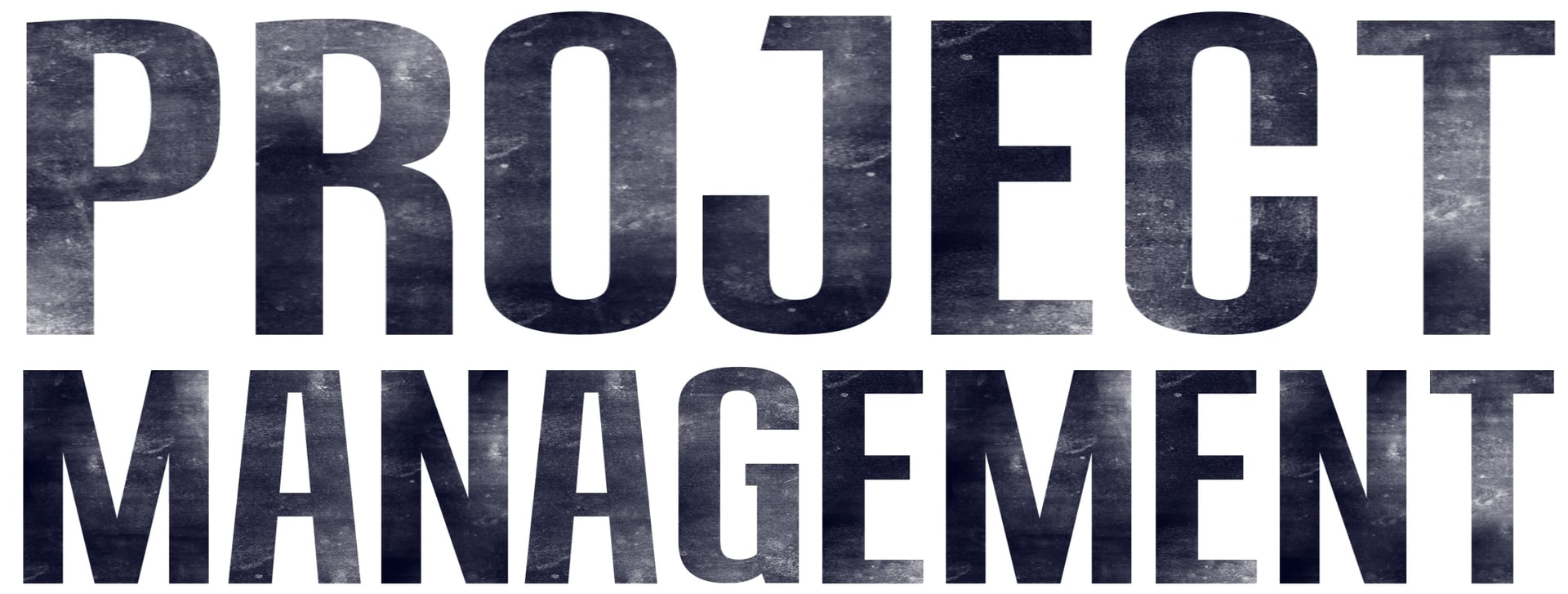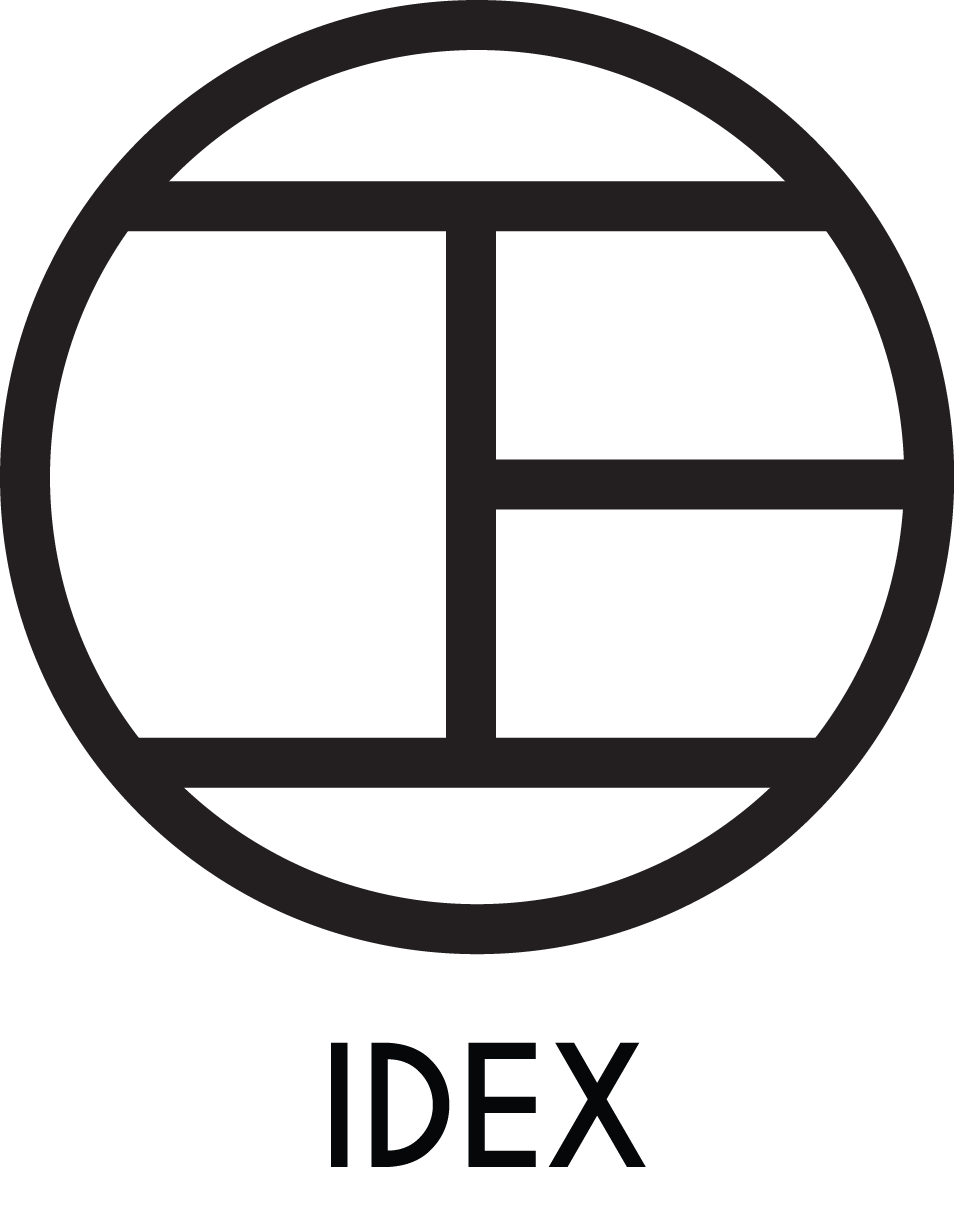5 Most Popular Project Management Approaches

In our previous article, we discussed the two types of guiding principles of project management, linear and iterative. In this article, we will dive deeper into the 5 most used project management methods to help you choose one that best suits your organization, and your projects.
1. Waterfall
The Waterfall approach is a traditional method to project management. Waterfall has a linear approach, and refers to the sequential ordering of phases. You complete one at a time down the line like a waterfall starting at the top of a mountain and traveling to the bottom.
The stages of Waterfall project management generally follow this sequence:
- Requirements
- Analysis
- Design
- Requirements
- Construction
- Testing
- Deployment & maintenance
Advantages:
- Easy to understand and use: you follow the stages outlined and there isn’t much change thereafter.
- No surprises: it helps you identify the right people and tasks, plan accordingly to avoid any hiccups along the way. Since you can't go back, you have to be "perfect" in each stage, which often produces better results.
- Documentation: it creates room for documenting your plans and progress, makes it easy for new resources to move in and work on the project when needed.
Disadvantages:
- Lack of flexibility: there’s little scope to reflect, revise and adapt once you’ve completed something. It is very difficult to go back and change something that was not well designed in the concept stage.
- Higher risk: due to its lack of flexibility, if you discover midway what you’re working on isn’t going to work, it’s very hard to change it. Thus might result in project failure.
Best for:
- When the phases of the project are clearly defined.
- When there are tasks to complete before another can begin.
- When changes to the project are very expensive to implement once it's started.
- When there are clear and fixed requirements to the projects.
2. Agile
The term agile means being able to move quickly and easily. The phases of an Agile project also follow the project life cycle stages we described in our previous article, generally speaking. However, rather than having to always go in order or wait for one phase to end before starting the next, Agile project phases overlap and tasks are completed in iterations.
Advantages:
- Collaborative: it's concerned with building an effective, collaborative team that can work together better along with the progress of the project.
- Open to change: it seeks regular feedback from the client so that they can deliver the best value as quickly as possible and adjust as changes emerge.
Disadvantages:
- No fixed plan: it emphasizes responding to changes as they occur. This lack of any fixed plan makes resource management and scheduling harder.
- Collaboration-heavy: the feedback-focused approach also means that stakeholders have to be willing (and available) to offer feedback quickly.
Best for:
- When you have an idea of what they want but don’t have a concrete picture in mind.
- When there is a high level of uncertainty and risk involved with the project.
- When the project needs to accommodate quick changes.
- If collaboration and communication are your key strengths (and planning isn't).
3. Lean Six Sigma
The Lean Six Sigma approach is a combination of two approaches: Lean and Six Sigma. Lean approach focuses on maximizing value and minimizing waste, while Six Sigma is for improving processes with an emphasis on ensuring consistency in output and impeccable quality.
Combined, the Lean Six Sigma approach has five phases: define, measure, analyze, improve, and control, commonly known as DMAIC. Defining tells you what to measure, measuring tells you what to analyze, analyzing tells you what to improve, and improving tells you what to control.
Advantages:
- Efficiency: it starts by identifying value and then maximizes it through continuous improvement by optimizing the flow of value and eliminating wastage.
- Value driven: it focuses on eliminating defects and reducing variation. Hence always trying to improve and add value for the customer.
Disadvantages:
- It can be costly: while its aim is to reduce costs overall, it can be costly to implement.
Best for:
- Projects that have goals to save money, improve quality, and move through processes quickly.
- When the project goal includes improving the current process to fix complex or high risk problems like improving sales, conversions, or eliminating a bottleneck, which is when things get backed up during a process.
4. Scrum
Scrum proposes principles and processes to improve delivery. Within software development, Scrum is one of the most popular and simple frameworks.
Scrums are formed around a small team of up to 9 people who work on items in a backlog. Work is divided into “sprints”, a development cycle of usually 2-4 weeks. Daily “Scrums” take place where the team reports on progress and blockers. After each sprint, the team usually has a retrospective to ensure the team is continually optimizing and improving.
Advantages:
- Teamwork: Scrum advocates for improved communication, teamwork and speed of development.
- Fast paced: the "sprint" approach with its 4-week limit and daily stand-up meetings promotes rapid iteration and development.
- Continuous improvements: it is great for continuous improvement both as a team and for the projects the team is working on.
Disadvantages:
- Scope creep: since there is no fixed end-date, Scrum can easily lead to scope creep.
- Higher risk: any resource leaving the team in-between will hugely impact the net results. This approach is also not flexible enough for large teams.
Best for:
- Highly experienced and disciplined project teams who can set their own priorities and understand project requirements clearly.
- Developing complex software.
5. Kanban
Kanban is in many ways similar to Scrum – it’s all about releasing early and often with a collaborative and self-managing team. But compared to Scrum, Kanban is a more evolutionary change, a softer landing into the world of Agile as it’s less prescriptive.
With Kanban, project managers typically use a Kanban board (such as the board view we provide at IDEX Project Management software) to represent the team’s workflow.
Advantages:
- Highly visualized: Kanban is great for giving everyone an immediate visual overview of where each piece of work stands at any given time.
- Limited items to work on at any given time: this visualizes what you want to do and limits work in progress (WIP) so that the flow of work is improved as you measure and optimize the average time to complete items.
Disadvantages:
- Not for complex projects: if your projects involve a lot of different stages, your Kanban board may become too cumbersome and hard to manage.
Best for:
- You’re looking for a visual representation of your project’s progress and at-a-glance status updates.
- You want to encourage using WIP limits so your team can stay focused.
How to choose
There are lots of factors that will impact which project management approach is right for your project, team, and organization. Here are some of the key considerations that can help you decide:
- Budget: What sort of budget are you working with? Is there room for that to change if necessary, or is it essential that it stays within these predetermined limits?
- Team: How many people are involved? Team location - are they working on site in the same office, or spread and working remotely? Is your team relatively compact and self-organizing, or more sprawling, with a need for more rigorous delegation?
- Project: Which industry are you working in? What type of projects will you be working on?
- Resources: How many resources can you get? Is it flexible? Can you get external resources such as freelancers or contractors when needed?
- Flexibility: Is there room for the scope of the project to change during the process? What about the finished product?
- Timeline: How much time is allotted to deliver the project? Do you need a quick turnaround, or is it more important that you have a beautifully finished result, no matter how long it takes?
- Stakeholders: How involved does the stakeholder need or want to be in the process? How involved do you need or want them to be?
- Tools: Is there a certain project management tool already being used in your organization? If not, can you pick your own tool? What are the capacities and limitations of the tool?
 Previous ArticleNext Article
Previous ArticleNext Article 


